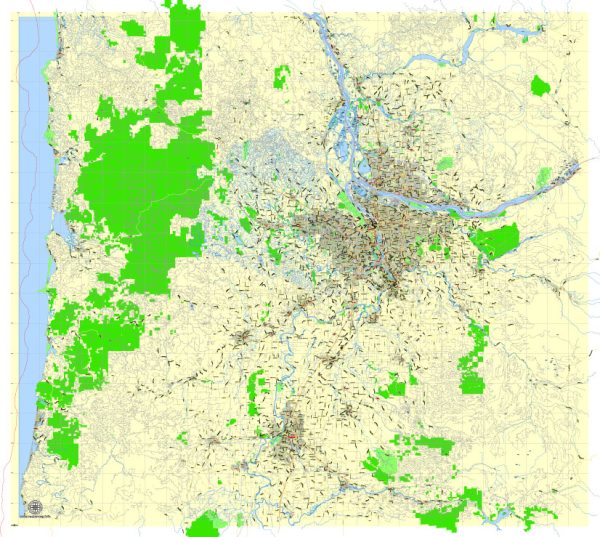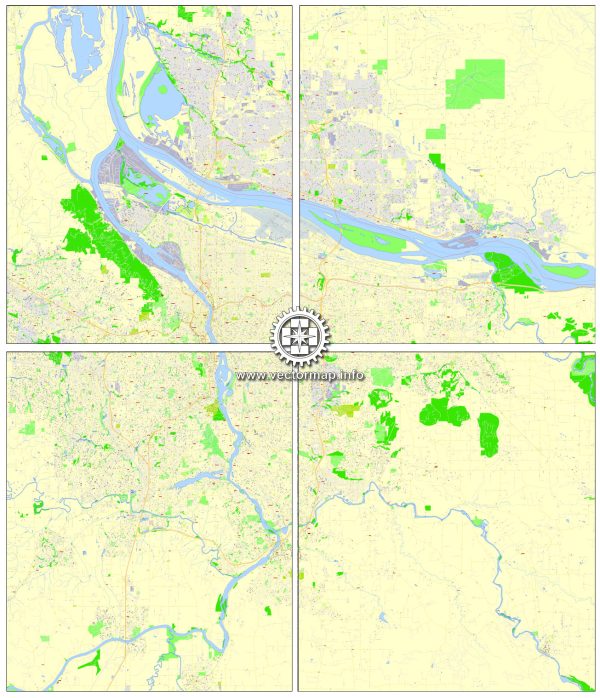Portland, Vancouver, Oregon City, and Salem are all located in the state of Oregon, USA, except for Vancouver, which is in Washington, just across the Columbia River from Portland. Each of these cities has its own unique socio-economic characteristics.
- Portland:
- Portland is the largest city in Oregon and is known for its vibrant cultural scene, outdoor activities, and environmentally conscious community.
- The city has a diverse economy with strengths in technology, manufacturing, and outdoor recreation industries.
- Portland is often considered a hub for creative industries, including arts, design, and technology.
- The city has a reputation for its progressive values and commitment to sustainability.
- Vancouver:
- Vancouver is part of the Portland metropolitan area and is located in Washington state.
- It is a rapidly growing city with a diverse population and a mix of residential, commercial, and industrial areas.
- The economy of Vancouver is influenced by its proximity to Portland, and it serves as a bedroom community for some Portland residents.
- Vancouver has seen significant development and investment in recent years, contributing to its economic growth.
- Oregon City:
- Oregon City is one of the oldest cities in the state and was the first incorporated city west of the Rocky Mountains.
- It has a rich history tied to the Oregon Trail and the early days of European settlement in the region.
- The economy of Oregon City has diversified over the years, with a mix of retail, manufacturing, and service industries.
- It retains a sense of history and small-town charm while being part of the larger Portland metropolitan area.
- Salem:
- Salem is the capital city of Oregon and is located in the central part of the state.
- Government services and the state government play a significant role in Salem’s economy due to its status as the state capital.
- Agriculture also plays a vital role in the region, and Salem is surrounded by fertile farmland.
- The city has a mix of urban and suburban characteristics, and it serves as a cultural and economic center for the surrounding area.
While these cities share some commonalities, such as being part of the Pacific Northwest and having a generally progressive and environmentally conscious ethos, each city has its own unique history, economy, and community dynamics. Additionally, economic and social conditions can change over time, so it’s essential to refer to the latest data for the most accurate and up-to-date information.



 Author: Kirill Shrayber, Ph.D.
Author: Kirill Shrayber, Ph.D.